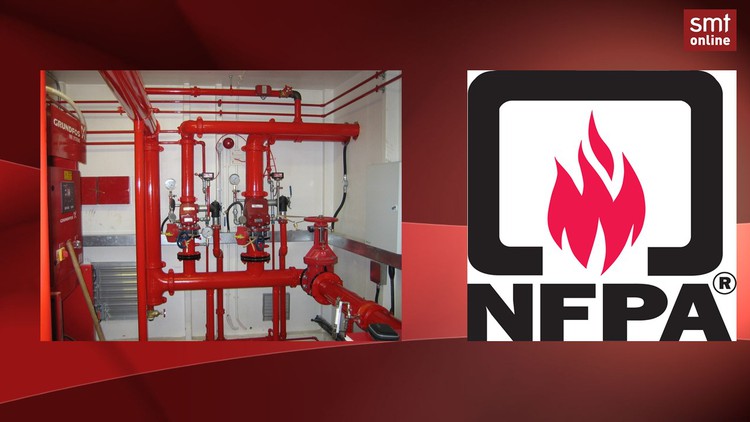Fire Fighting System Design Basics

Why take this course?
🚒 Fire Fighting System Design Basics: Your Gateway to Fire Safety🚒
Introduction to Fire Fighting Systems
Fire safety is not just about fire extinguishers and smoke alarms. It's about having a comprehensive system in place that can detect, alert, and effectively combat fires. A well-designed fire fighting system is the backbone of any building's safety protocol, ensuring the protection of human life and property.
Key Components of Fire Fighting Systems
The three pillars of an efficient fire fighting system are:
-
Fire Storage Tanks: The heart of a fire fighting system is its water supply. These tanks store vast amounts of water, ready to be used when called upon. They can either be discreetly placed beneath the building's foundation or strategically located on the rooftop.
-
Pumping Systems: The muscle behind every fire fight, these systems are responsible for moving water from storage tanks to where it's needed most.
-
Distribution Networks (Hydrants & Sprinklers): A network of pipes connects the tanks and pumping systems to various points in a building. These include hydrants for manual operation by firefighters and sprinklers that activate automatically upon detecting high temperatures.
Understanding Fire Hydrants and Sprinklers
🚑 Fire Hydrants (Standpipes):
Fire hydrants, known as standpipes in the United States, are vital during a fire emergency. They are tall steel pipes equipped with an outlet from which firefighters can deploy water hoses. The force of the water is so intense that it requires careful handling to avoid injury. Upon activation, the system's pressure sensors automatically signal fire pumps to supply a copious flow of water at an impressive rate.
🧫 Sprinklers:
Sprinklers are the unsung heroes of fire suppression. Installed discreetly just below ceilings, each sprinkler contains a heat-sensitive glass bulb filled with a liquid. When exposed to high temperatures during a fire, this bulb shatters, triggering the sprinkler head to release water precisely where the heat was detected. Unlike hydrants, sprinklers are designed to activate automatically, often before the fire can be reported to authorities, making them incredibly effective at controlling fires in their early stages.
The Impact of Sprinkler Systems
The National Fire Protection Association (NFPA) has documented significant property damage reduction for hotels equipped with sprinkler systems, with a staggering 78% less damage recorded in the mid-1980s. This underscores the critical importance of integrating sprinklers into fire safety strategies.
Why Take this Course?
This course is designed to provide you with a comprehensive understanding of the fundamental components and functionalities of fire fighting systems. By mastering these basics, you will be equipped to appreciate the intricacies of fire safety design and its implementation in various settings. Whether you're an aspiring professional in the field or simply someone who wishes to be more knowledgeable about fire safety, this course is your first step towards ensuring a safer environment for everyone.
Conclusion: Your Role in Fire Safety
In conclusion, understanding fire fighting system design is not just about knowing how each component functions—it's about recognizing the role you play in maintaining fire safety. From design to execution, every element of a fire fighting system relies on your knowledge and actions to function effectively. Join this course and become an integral part of the global effort to prevent and combat fires responsibly.
🔥 Enroll now and take the first step towards enhancing fire safety in your community! 🎉
Course Gallery




Loading charts...